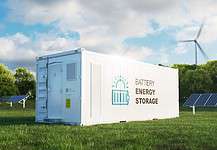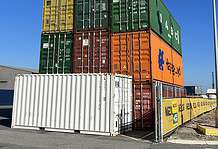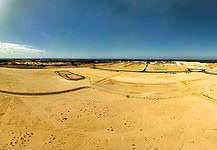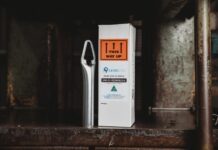BHP improving Pilbara air quality one seedling at a time
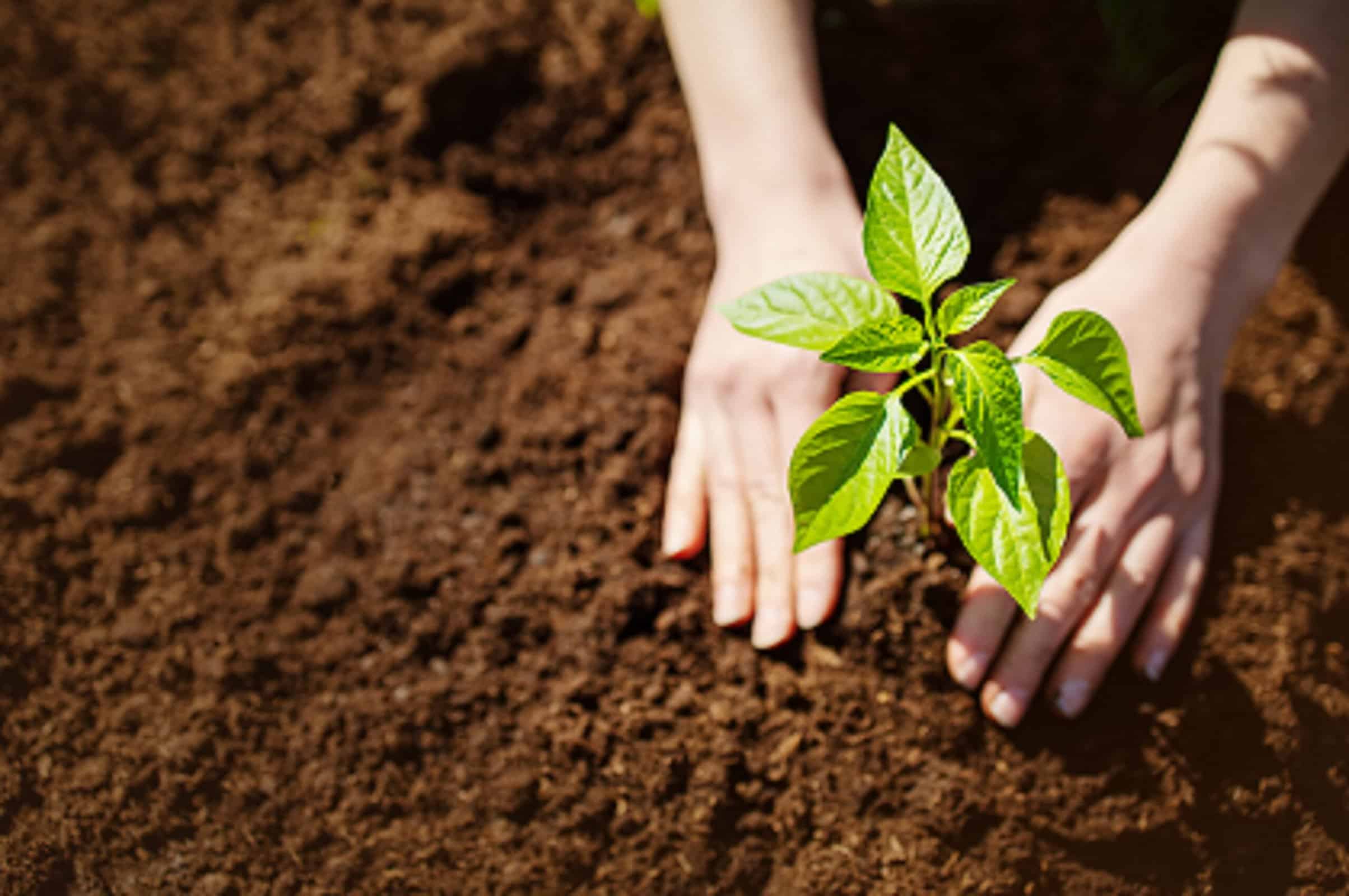
Three years after partnering with Curtin University and Greening Australia to trial the use of vegetation barries to capture dust, more than 150,000 seedlings have been planted.
As part of BHP’s Pilbara air quality program, seedlings were planted to capture dust in Port Hedland with all plants local native Pilbara species that perform best for dust capture. The planting profile was specifically designed maximise dust capture with the vegetation barrier covering 7ha.
BHP port general manager Cindy Dunham says as the plants grow and develop, they will create a dust barrier between the company’s operations and the community.
“It’s been great to see all the project partners involved in this important milestone which will improve local amenity as part of BHP’s $300m Pilbara air quality program,” she said.
Additionally, Indigenous-owned landscaping company Yurra was contracted to manage ground works.
Greening Australian general manager Ben Hine says the planting over the past three years has been a good example of collaboration towards achieving its mission of rebuilding nature.
“To have the opportunity to engage local Pilbara First Nations partners to plan, design, supply products and build project LEAF together at this scale safely and effectively is a great achievement by all involved,” he said.
“We look forward to seeing this project establish for the benefit of the local community and environment for years to come.”


